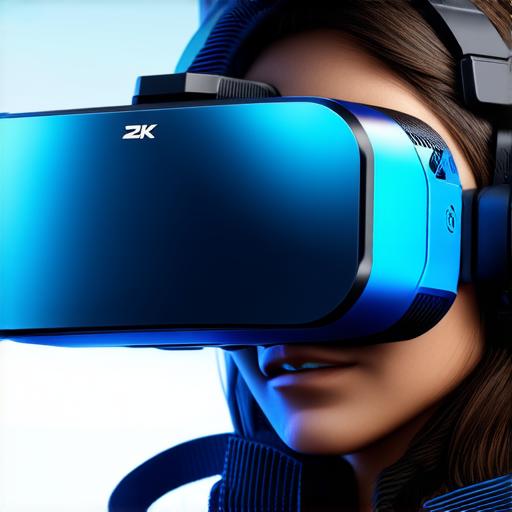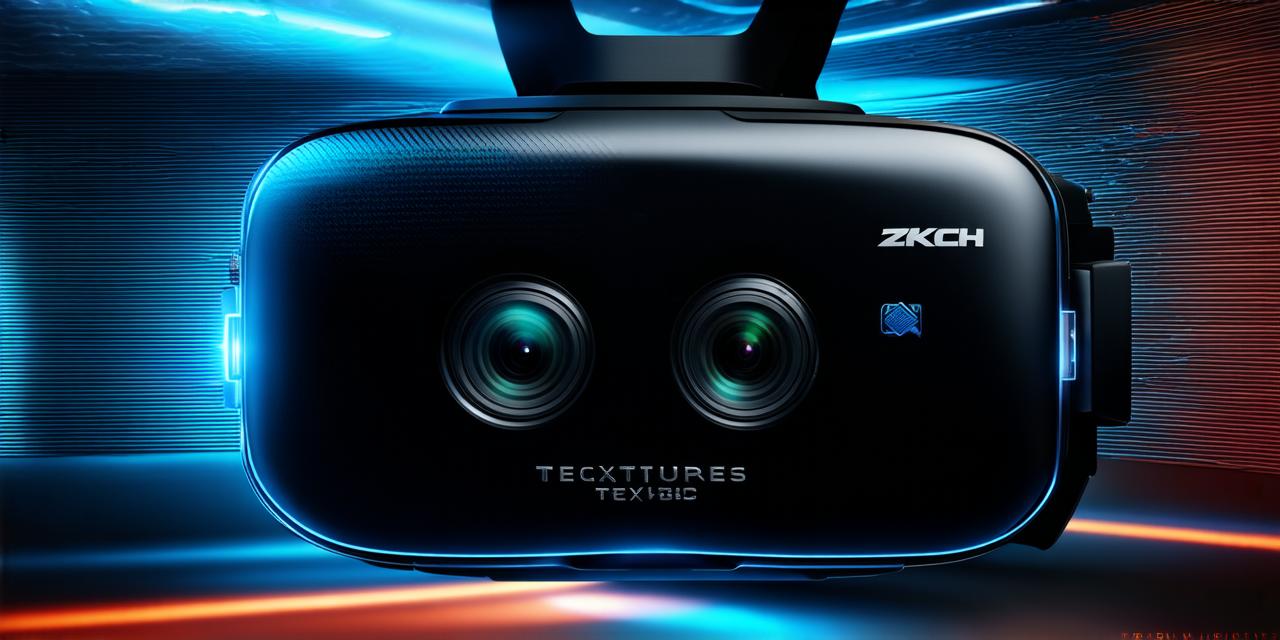Virtual reality (VR) and augmented reality (AR) are two emerging technologies that have captured the imagination of users around the world. While both involve immersive experiences, they differ significantly in their approach and application.
1. Virtual Reality: An Immersive Experience

Virtual reality is a technology that creates an artificial environment for users to interact with and experience as if it were real. It involves using sensors and headsets to track a user’s movements and adjust the environment accordingly, creating a fully immersive experience.
1. Augmented Reality: Enhancing the Real World
Augmented reality, on the other hand, is a technology that overlays digital information onto the real world, enhancing the user’s experience of their surroundings.
1. Examples: Virtual Reality vs Augmented Reality
One way to understand the distinction between virtual reality and augmented reality is to look at examples. Virtual reality is often used in gaming, where users can explore a fully immersive environment and interact with it as if it were real.
Augmented reality is used in industries such as marketing, where digital objects are overlaid onto real-world environments to enhance the user’s experience.
1. Summary: Virtual Reality vs Augmented Reality
In conclusion, virtual reality creates an artificial environment for users to interact with, while augmented reality enhances the user’s experience of their surroundings by superimposing digital objects onto the real world. Both technologies offer unique and immersive experiences, but they differ in their approach and application.
As these technologies continue to evolve, we can expect to see even more innovative uses and applications emerge.
